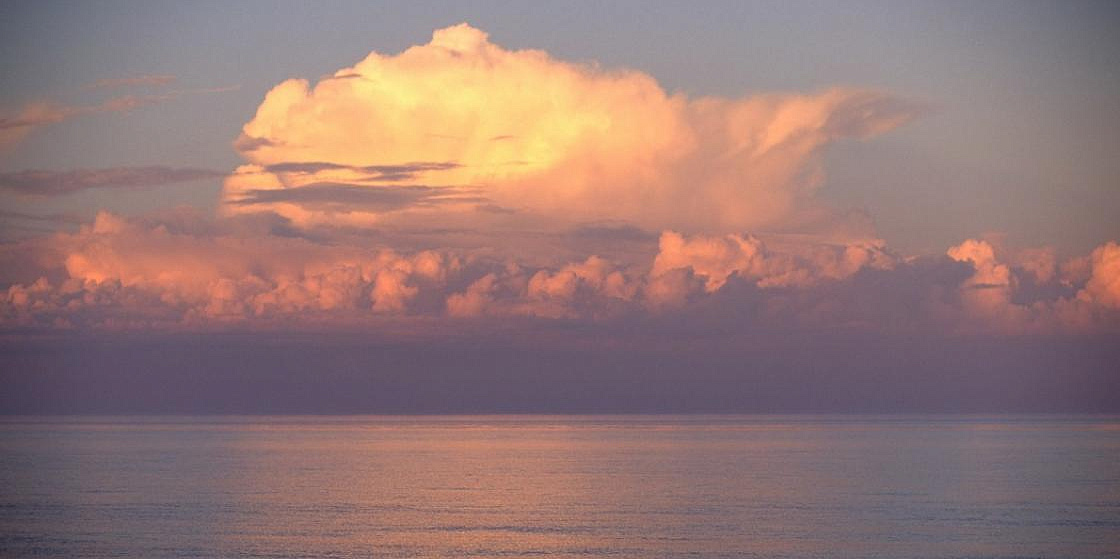
Photo: Shtrick Vadim/GeoPhoto.ru
Northern Sea Route as Strategic Initiative
The Russian government is determined to transform the Northern Sea Route (NSR) into an international shipping lane navigable all year round. This strategic initiative was discussed at a meeting of the Council for Strategic Development and National Projects that was held on 19 July.
According to the rapporteur, Vice-Premier Andrei Belousov, the route should become ready for international cargo traffic by 2030. As per the decree signed by President Putin in May 2018, the amount of freight transported via the NSR should increase to 80 million tons by 2024. In turn, the government expects that by 2030, this amount will exceed 150 million tons, including 30 million tons of cargo transit.
To this end, the government and big business, through PPP mechanisms, take coordinated steps to build up a fleet of modern ships fit for navigating in high latitudes, along with deploying a reliable telecom system providing for a stable internet connection along the route.
The government also seeks to launch an integrated e-platform for real-time tracking of cargo and upgrade and develop port infrastructure so as to meet the growing needs of the Arctic transit lane.
For these purposes, the government plans to allocate 716 billion rubles (about USD 9.6 billion) till 2030, of which 400 billion (USD 5.4 billion) are to be invested in 2021-2024. Rosatom, a national nuclear energy producer and the NSR operating agency, is expected to invest 260 billion rubles (USD 3.5 billion).
According to the rapporteur, Vice-Premier Andrei Belousov, the route should become ready for international cargo traffic by 2030. As per the decree signed by President Putin in May 2018, the amount of freight transported via the NSR should increase to 80 million tons by 2024. In turn, the government expects that by 2030, this amount will exceed 150 million tons, including 30 million tons of cargo transit.
To this end, the government and big business, through PPP mechanisms, take coordinated steps to build up a fleet of modern ships fit for navigating in high latitudes, along with deploying a reliable telecom system providing for a stable internet connection along the route.
The government also seeks to launch an integrated e-platform for real-time tracking of cargo and upgrade and develop port infrastructure so as to meet the growing needs of the Arctic transit lane.
For these purposes, the government plans to allocate 716 billion rubles (about USD 9.6 billion) till 2030, of which 400 billion (USD 5.4 billion) are to be invested in 2021-2024. Rosatom, a national nuclear energy producer and the NSR operating agency, is expected to invest 260 billion rubles (USD 3.5 billion).
20 July 2021




